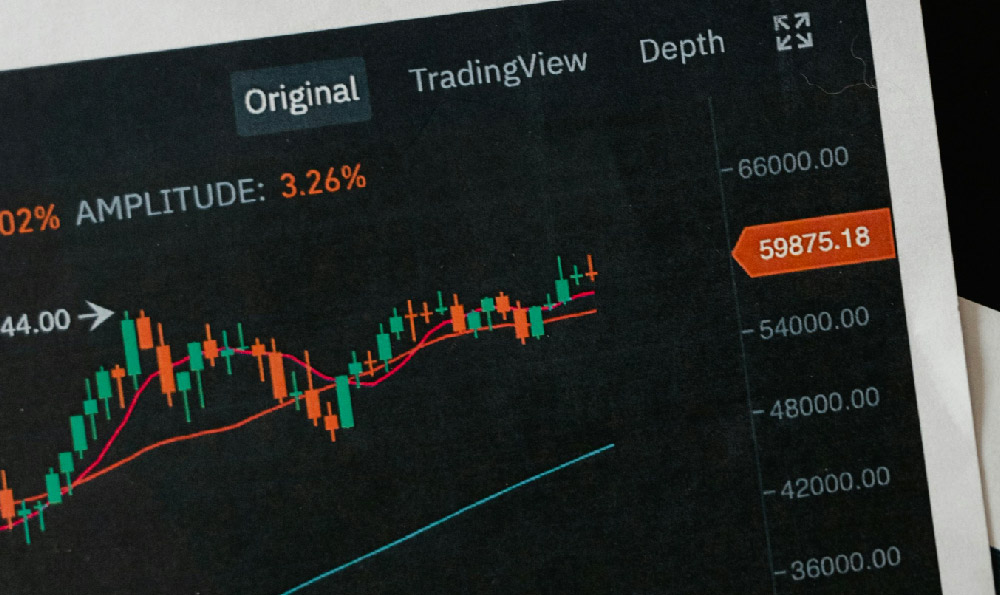Baldur's Gate 3, the highly anticipated and critically acclaimed role-playing game developed by Larian Studios, has not only captivated players worldwide but has also sparked significant interest regarding its financial performance. While official earnings figures are closely guarded by the studio and publisher (which is also Larian in this case), we can piece together a reasonable estimate of the game's revenues and potential profits by analyzing publicly available data, industry benchmarks, and expert opinions.
One of the primary indicators of a game's success is its sales numbers. Baldur's Gate 3 initially launched in Early Access on PC in October 2020. While the Early Access sales were not a complete reflection of the final product's potential, they provided a crucial source of funding for continued development and offered valuable insights into player engagement. Larian has been commendably transparent about the sales and development process, although specific dollar amounts were rarely disclosed. However, indications were strong that Early Access sales significantly exceeded expectations.
The full release of Baldur's Gate 3 on PC in August 2023 marked a pivotal moment. The game received overwhelmingly positive reviews, with critics praising its deep narrative, intricate gameplay mechanics, and stunning visual presentation. This critical acclaim translated into robust sales. Steam data trackers, such as SteamSpy and SteamDB, estimate that the game sold millions of copies within its first few weeks of release. While these figures are not precise, they offer a valuable order-of-magnitude estimate. It's reasonable to assume that the PC version has already sold well over 5 million copies, and possibly significantly more given the game's sustained popularity and word-of-mouth buzz.

The PlayStation 5 release in September 2023 further broadened the game's audience. Given the PS5's large install base and the game's suitability for console play, it's plausible that the PS5 version has also contributed significantly to overall sales. Although precise PS5 sales figures are even more difficult to ascertain than PC numbers, estimates suggest it could be approaching or exceeding PC sales, especially considering the appeal of console gaming to a broader audience. This pushes the total sales estimates even higher, potentially past the 10 million mark.
To translate these sales figures into revenue, we need to consider the game's price point. Baldur's Gate 3 launched at a price of $59.99 USD, which is a standard price for a AAA game. Assuming an average selling price of $50 after accounting for regional pricing differences and potential discounts, we can roughly estimate the game's revenue. If the combined PC and PS5 sales indeed surpass 10 million copies, the game could have generated over $500 million in revenue.
However, revenue is not the same as profit. To determine the potential profits of Baldur's Gate 3, we need to factor in the development and marketing costs. Game development, especially for a project as ambitious as Baldur's Gate 3, can be incredibly expensive. Larian Studios has invested years into the game's development, employing a large team of artists, programmers, designers, writers, and voice actors. Marketing costs can also be substantial, encompassing advertising, public relations, and distribution expenses.
Estimating the precise development and marketing budget for Baldur's Gate 3 is challenging without inside information. However, given the game's scope and the studio's investment in quality, it's reasonable to assume that the development budget was in the tens of millions of dollars, potentially exceeding $100 million. Marketing costs likely added tens of millions more. Let's conservatively estimate the combined development and marketing budget at $150 million.
Subtracting this estimated budget from the estimated revenue of $500 million leaves a potential profit of $350 million. This is a substantial figure, indicating that Baldur's Gate 3 has been a highly profitable venture for Larian Studios. It's also important to note that this calculation does not include potential revenue streams from DLC, expansions, or merchandise, which could further boost the game's profitability in the long run.
Furthermore, the positive reception and financial success of Baldur's Gate 3 have broader implications for the gaming industry. It demonstrates that gamers are willing to invest in high-quality, deeply engaging role-playing games with complex narratives and innovative gameplay mechanics. It also highlights the importance of player feedback and early access programs in shaping a game's development and ensuring its eventual success. Larian's dedication to creating a truly unique and immersive gaming experience has paid off handsomely, both in terms of critical acclaim and financial rewards.
In conclusion, while exact earnings figures remain confidential, a careful analysis of sales data, industry benchmarks, and estimated development costs suggests that Baldur's Gate 3 has generated substantial revenue and profits for Larian Studios. The game's success is a testament to the studio's talent, dedication, and commitment to delivering a truly exceptional gaming experience. It also serves as a positive signal for the RPG genre and the gaming industry as a whole, demonstrating the potential for high-quality, innovative games to achieve both critical acclaim and commercial success. It would not be unreasonable to suggest that the total profit earned could surpass $400 million in the coming months as sales continue steadily. The impact of sustained player engagement and ongoing positive reviews should not be underestimated.












